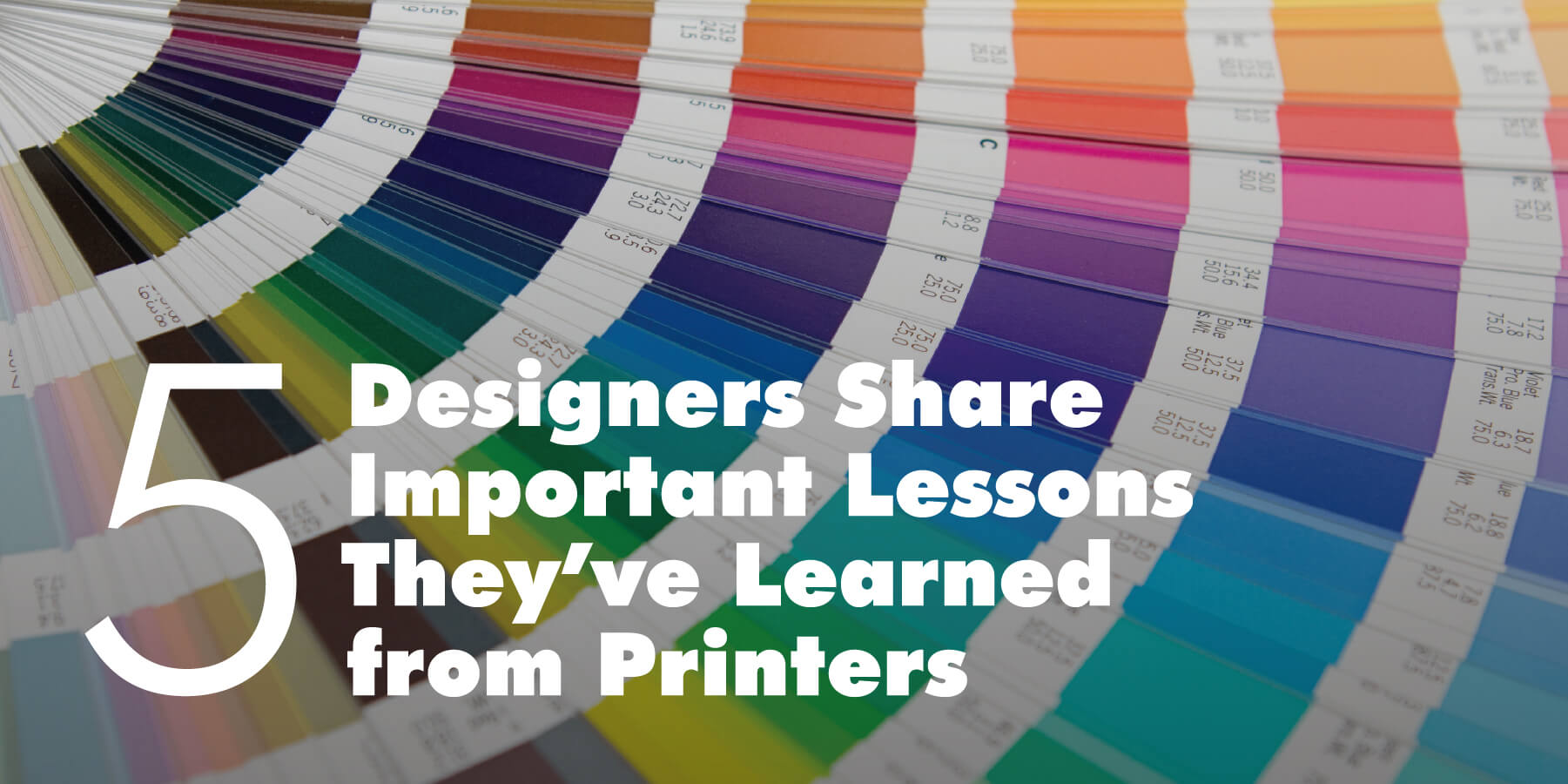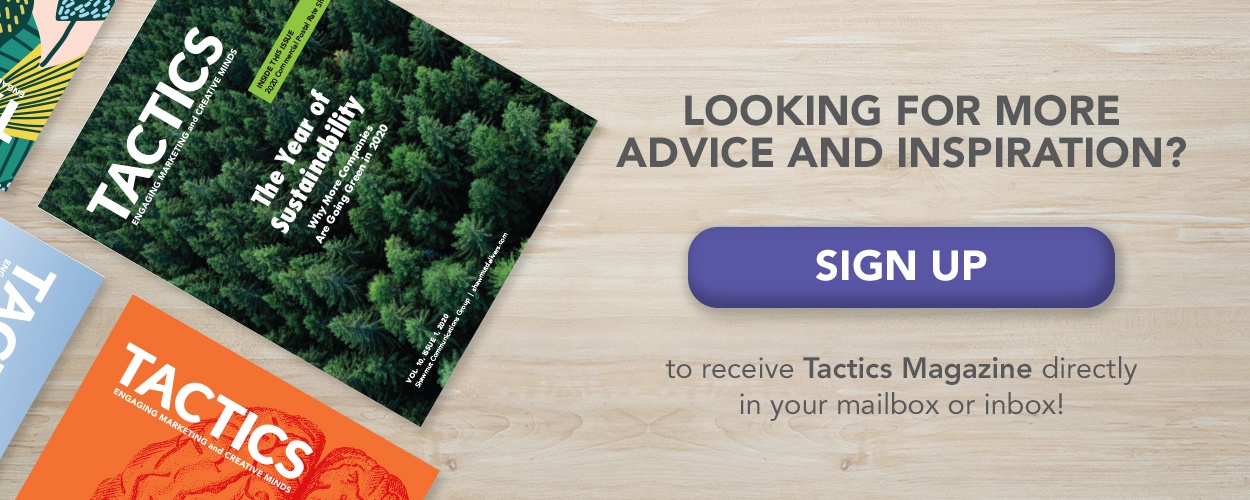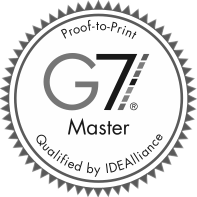Graphic design is a competitive and fast-changing field. Ask any seasoned pro and they’ll tell you about numerous changes they’ve experienced throughout their career.
An obvious shift is the number of designers focused on digital media, particularly among recent graduates and young professionals. But despite the rise of digital, there’s no denying the importance of print in our lives. In fact, every organization in some capacity requires print design—plus versatility is one of the top skills hiring managers look for when filling graphic design roles.
But, to be successful in print, designers must understand the process and have the ability to transition on-screen artwork to their recipient’s hands. To do so requires more than a mastery of design software and tools. Designers must be knowledgeable about materials, product specifications, printing processes, and how to get the best quality out of their work.
Where better to learn that than directly from printers?
We asked five design professionals to share what they’ve learned from working with the people that bring their creativity to life. Here’s what they had to say about the most important lessons they’ve learned from printers.
 Monica DeSalvo
Monica DeSalvo
Senior Designer, Boston College
I learned the most by being on the production floor. Some printers keep customers in the customer room which isn’t very helpful. I think it’s critical for designers to get out there and spend time on the production floor. Talk to press operators and see how each small adjustment they make affects your work.
 Leslie Roque
Leslie Roque
Art Director, Dartmouth College
Print design can be complex and there’s a lot that happens behind the scenes. Allow enough time to plan and work through a project as things can become more complicated than expected, especially when a mailing is involved.
 Kayla Moran
Kayla Moran
Associate Art Director, Allen & Gerritsen
The most important thing I’ve learned is how important it is to check your files before releasing them to the printer. There are many variables that can lead to issues or reprints—incorrect/non-outlined fonts, using RGB instead of CMYK, hidden layers, and even the way you save a PDF.
 Christie Wrazen
Christie Wrazen
Design and Production Manager, Pannos Marketing
One of the most important lessons I learned was how to communicate what you need for a project with the printer, especially during the quoting phase. Providing the right information upfront leads to a smoother, faster, and more accurate quoting process. It also helps to be familiar with printing lingo. For example, working closely with the printer (Shawmut!) I was able to understand what a “lot” is and why it’s important. The ability to indicate how many lots, or pieces of artwork, helps printers provide accurate estimates and be prepared for the files.
 Todd Mitchell
Todd Mitchell
Owner, Mitchell Creative Group
Print design is all about the details. You’ve got to be careful, precise, and detailed so printers can carry that detail through to your finished product. I’ve also learned that you’ve got to trust your print representative to take care of the job. Allow for their input and be open to possibilities. Don’t rely on a “must have” design mentality because you can learn a lot from being open to the printer’s suggestions.
This article first appeared in Tactics Magazine, Volume 8, Issue 6.

